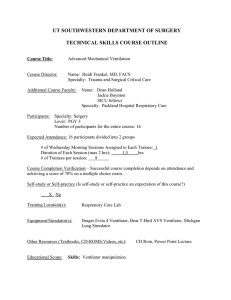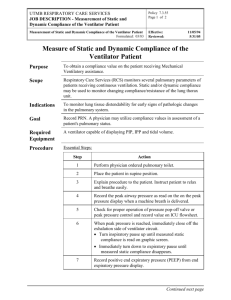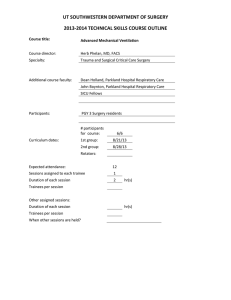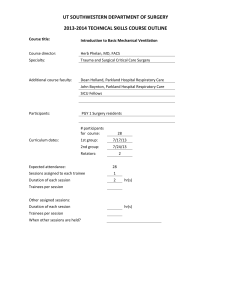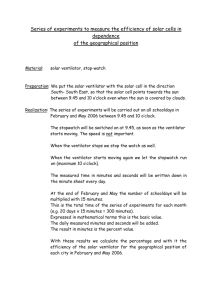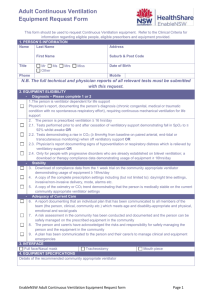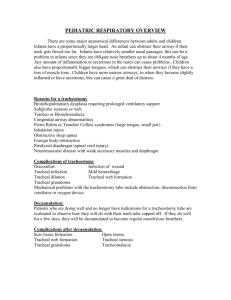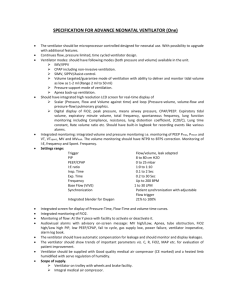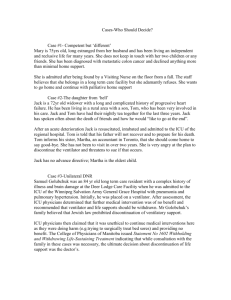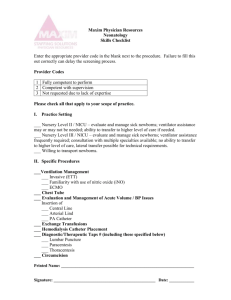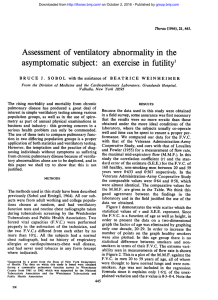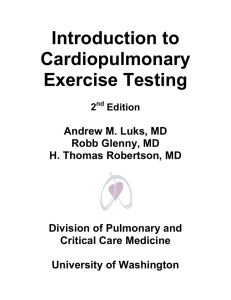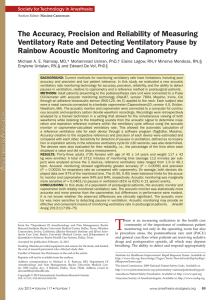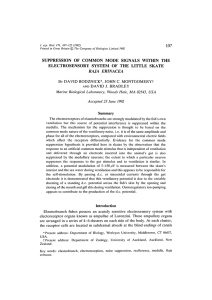UT SOUTHWESTERN DEPARTMENT OF SURGERY TECHNICAL SKILLS COURSE OUTLINE
advertisement
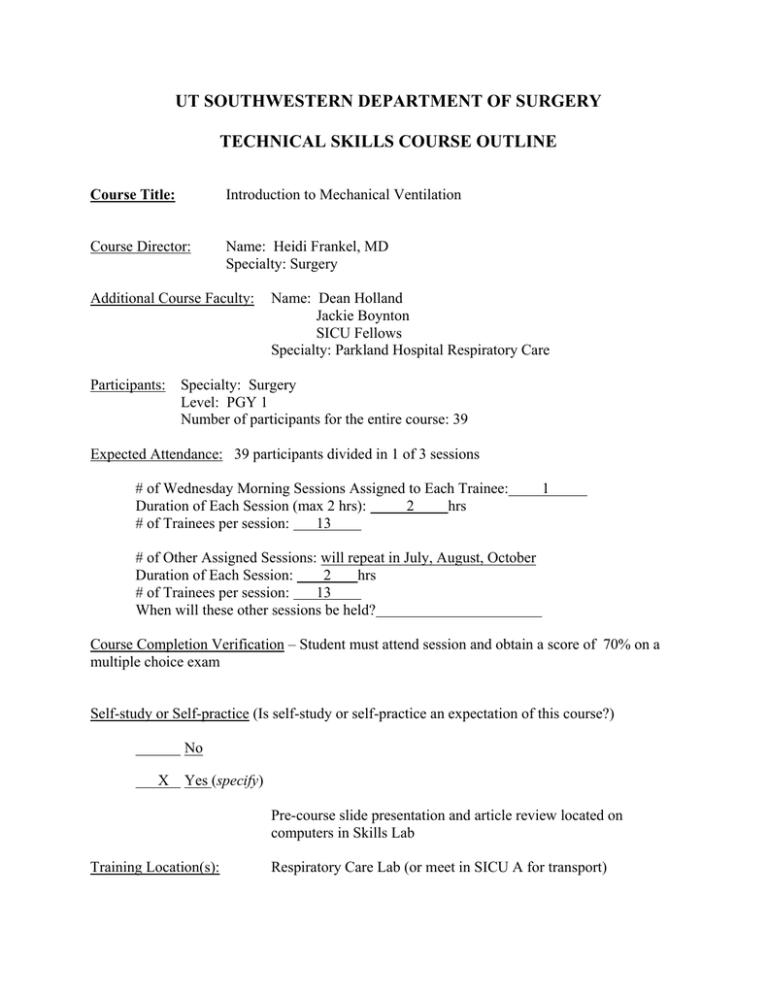
UT SOUTHWESTERN DEPARTMENT OF SURGERY TECHNICAL SKILLS COURSE OUTLINE Course Title: Introduction to Mechanical Ventilation Course Director: Name: Heidi Frankel, MD Specialty: Surgery Additional Course Faculty: Name: Dean Holland Jackie Boynton SICU Fellows Specialty: Parkland Hospital Respiratory Care Participants: Specialty: Surgery Level: PGY 1 Number of participants for the entire course: 39 Expected Attendance: 39 participants divided in 1 of 3 sessions # of Wednesday Morning Sessions Assigned to Each Trainee: hrs Duration of Each Session (max 2 hrs): 2 # of Trainees per session: 13 1 # of Other Assigned Sessions: will repeat in July, August, October Duration of Each Session: 2 hrs # of Trainees per session: 13 When will these other sessions be held? Course Completion Verification – Student must attend session and obtain a score of 70% on a multiple choice exam Self-study or Self-practice (Is self-study or self-practice an expectation of this course?) No X Yes (specify) Pre-course slide presentation and article review located on computers in Skills Lab Training Location(s): Respiratory Care Lab (or meet in SICU A for transport) Equipment/Simulator(s): Drager Evita 4 Ventilator, Bear T-Bird AVS Ventilator, Michigan Lung Simulator Other Resources (Textbooks, CD-ROMS,Videos, etc): CD ROM, Power Point Lecture Educational Scope: Skills – Ventilator manipulation Cognitive - Critical thinking/Problem solving with patient-simulated ventilatory scenarios. Judgment – Recognition of essential ventilatory management and intervention. Recognition of surgical problems resulting in respiratory failure Learning Objectives: Participants should learn essential components of ventilatory management and demonstrate the ability to make appropriate changes/interventions. In addition, residents should learn evidence-based guidelines for ventilator management. Summary of Curriculum, Teaching Methods, and Resource Utilization Didactic and hands-on experience managing common ventilatory patient scenarios. Ventilator models provide immediate feedback regarding ventilatory interventions. Methods for giving feedback to learners (Formative and Summative): Immediate response by ventilator and instructor. Methods for Assessment of Learners: Immediate response by ventilator and instructor. Methods for Course Evaluation: by Learners: Written Form By Faculty: Written Form
